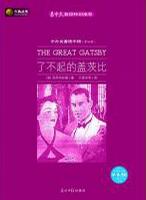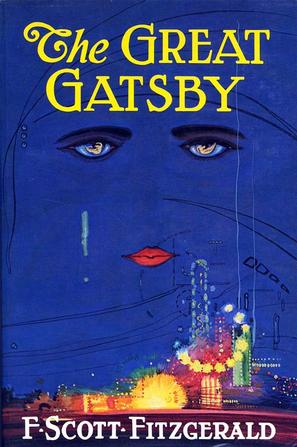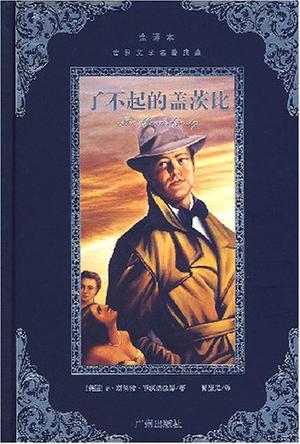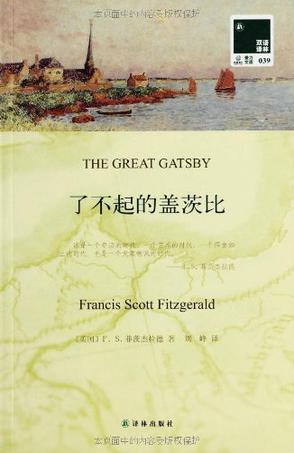The Great Gatsby
F. Scott Fitzgerald
When F. Scott Fitzgerald wrote THE GREAT GATSBY in the early 1920s, the American Dream was already on the skids. Originally based on the idea that the pursuit of happiness involves not only material success but moral and spiritual growth, the dream had by Fitzgerald's time become increasingly focused on money and pleasure-a phenomenon the high-living writer was only too familiar with. In THE GREAT GATSBY, Fitzgerald looks deeply into himself and his milieu to create the story of James Gatz, a self-educated nobody from North Dakota who has amassed a fortune and adopted the persona of Jay Gatsby, an Oxford-educated man about town, for the sole purpose of winning back the heart of Daisy, the woman he loved in his youth. Daisy is now married to Tom Buchanan-a brutal, ignorant racist who embodies the corruption that can come with unlimited wealth. As Gatsby, Daisy, and Tom-and the narrator, Daisy's cousin Nick Carroway, who serves as the author's spokesman-play out the drama in a small Long Island town (the East Hampton of its day), Fitzgerald makes it increasingly clear that life is meaningless when it is based on money and glamour at the expense of the solid American values of self-reliance and hard work-and Gatsby's sad end underscores the point. THE GREAT GATSBY has long been celebrated as the archetypal American novel, and, just as Fitzgerald's book grew out of the tradition that included Henry James and Edith Wharton, its influence on later writers from J. D. Salinger to John O'Hara cannot be overestimated. The book remains vividly alive and widely read years after its writing.





